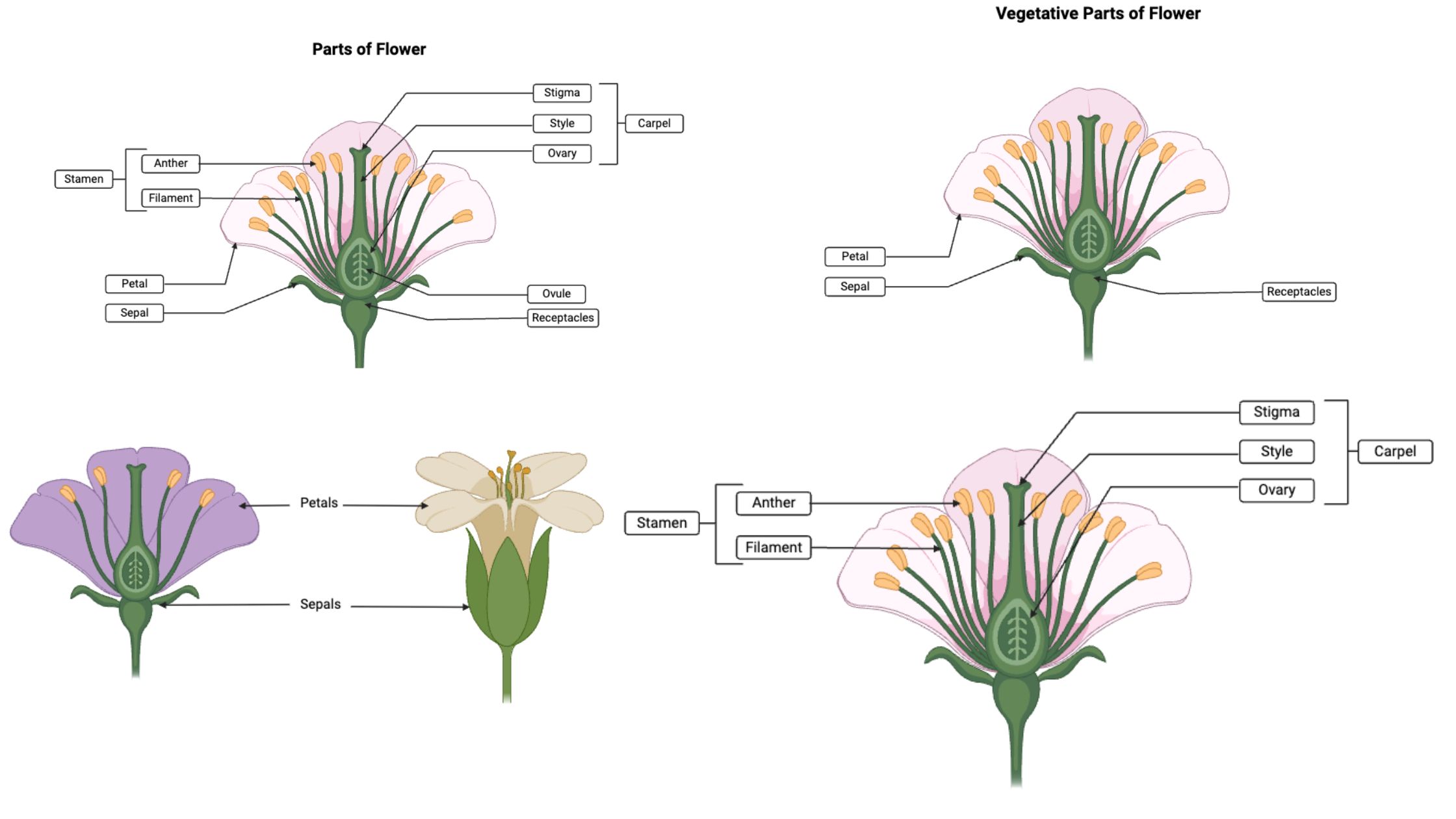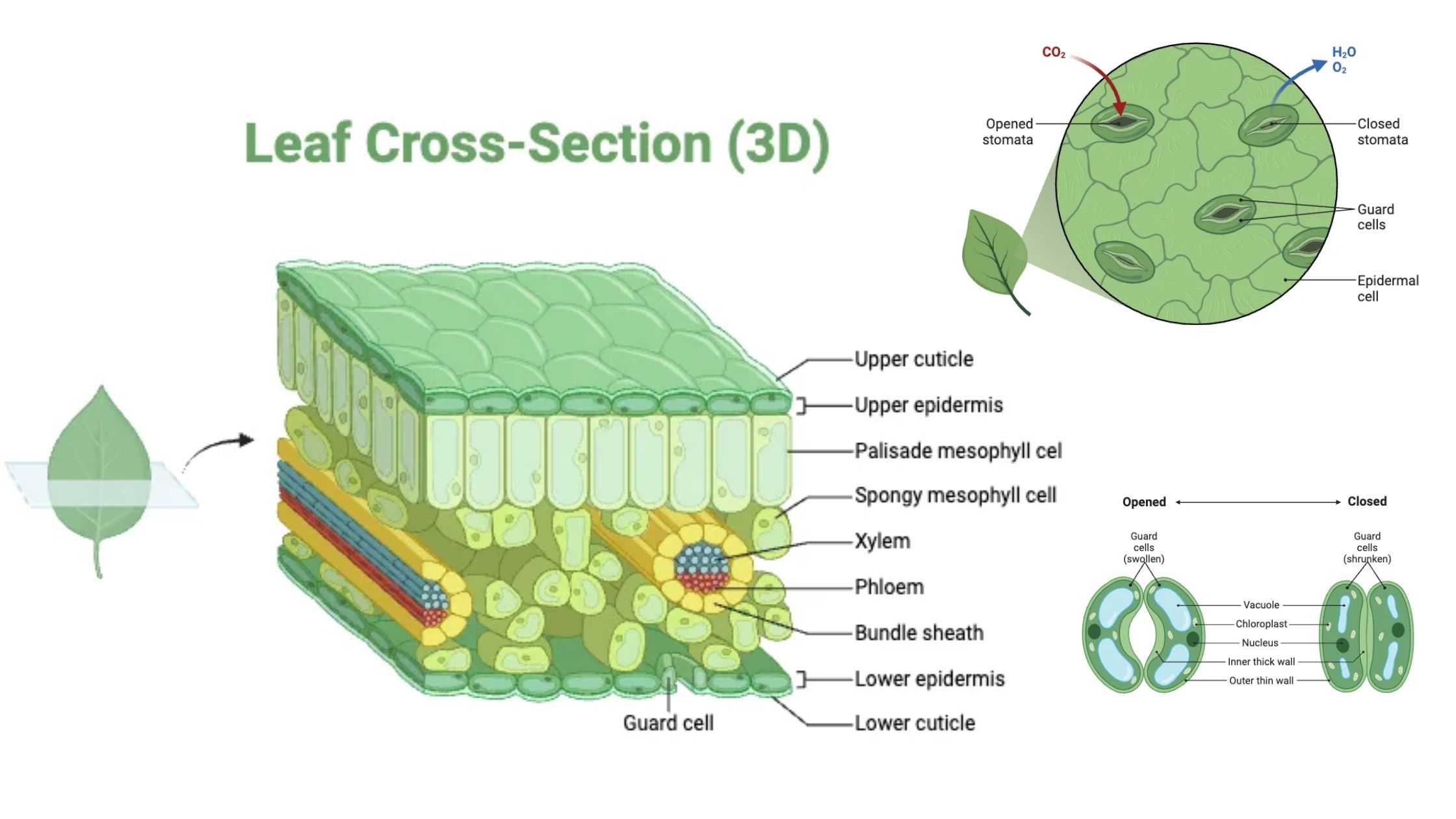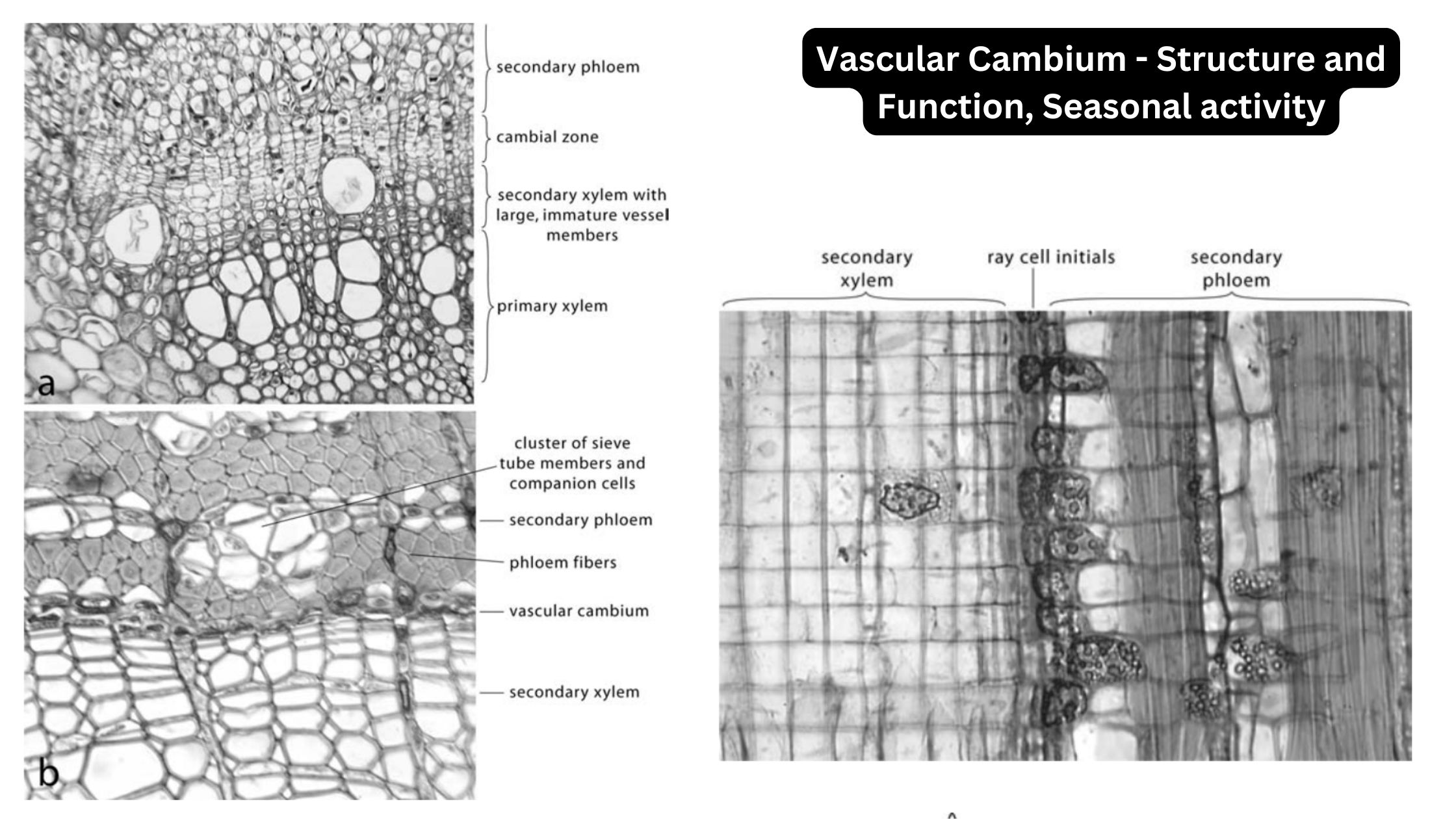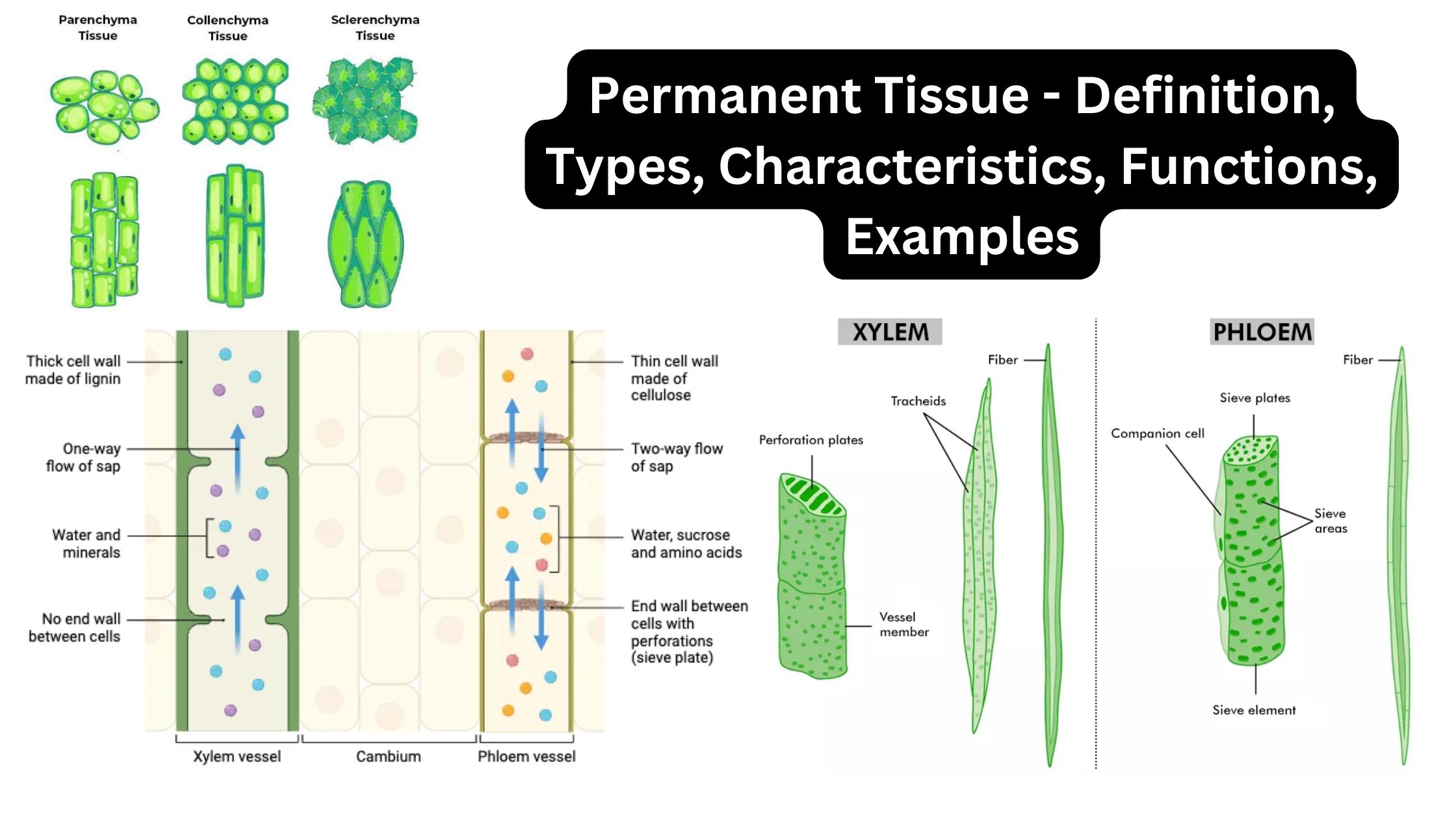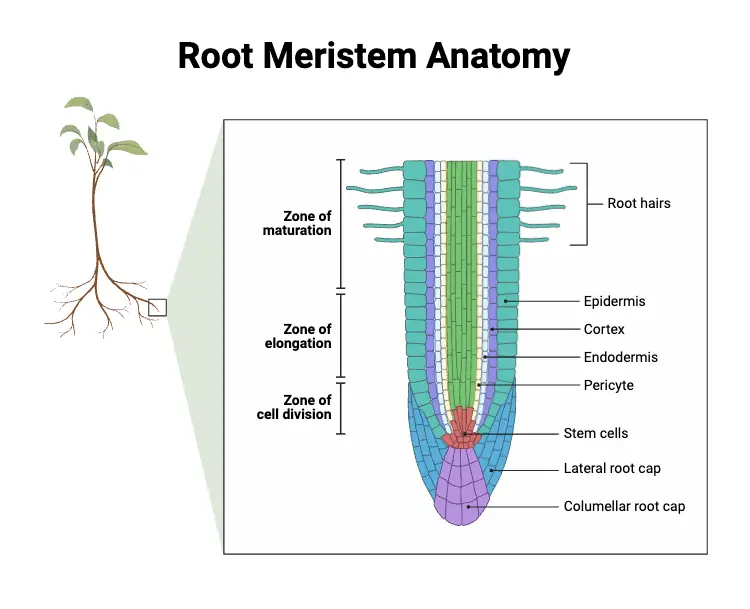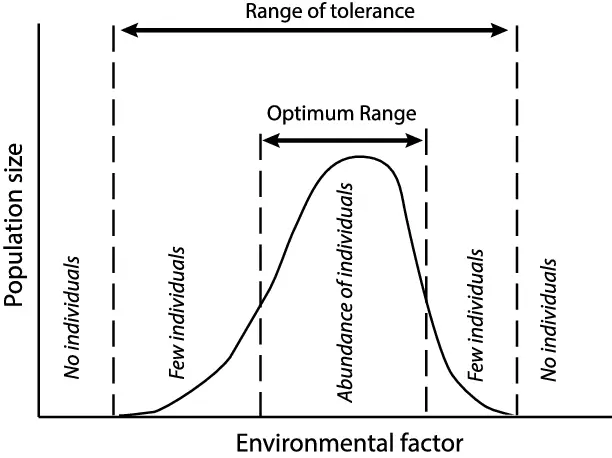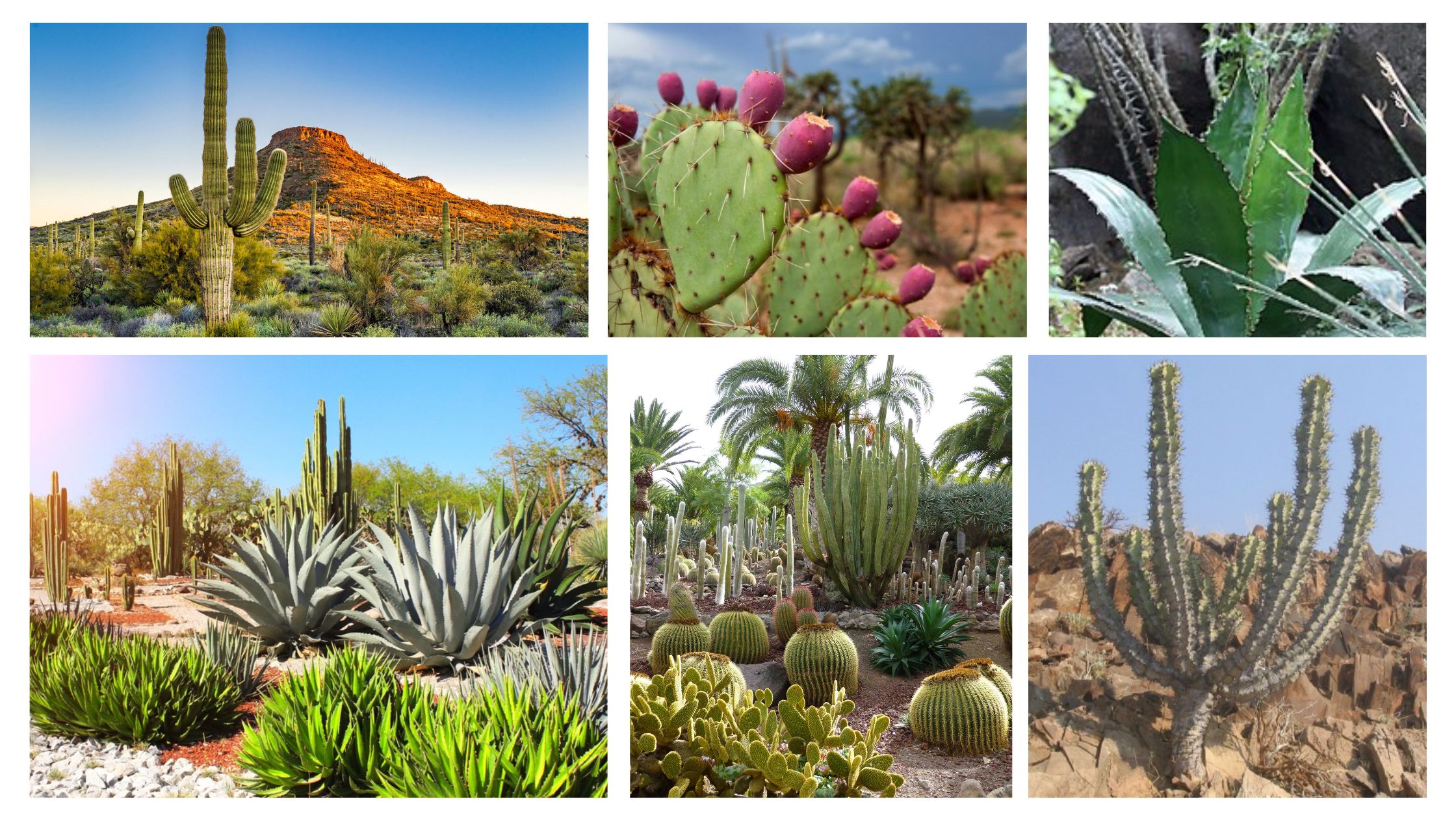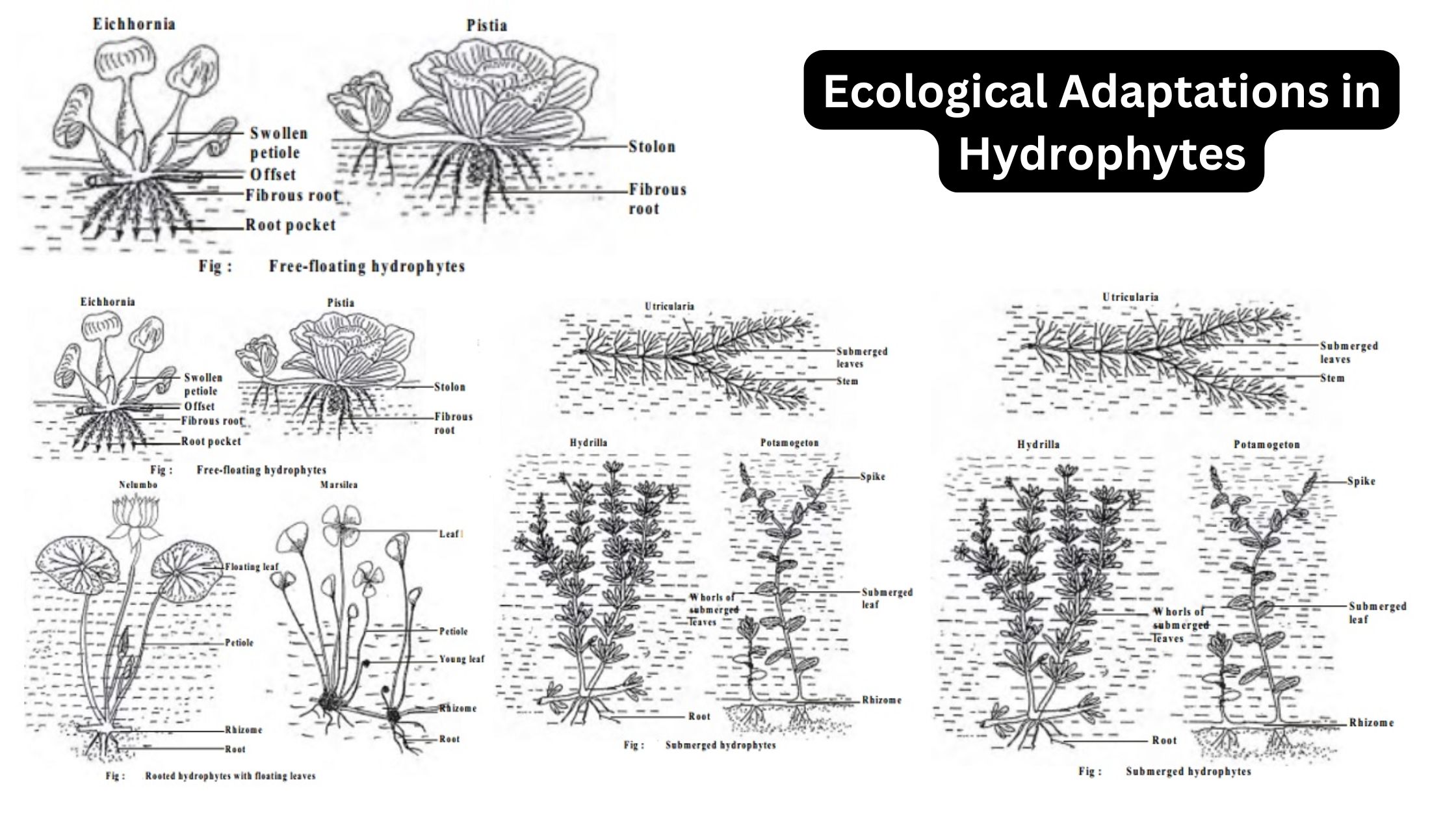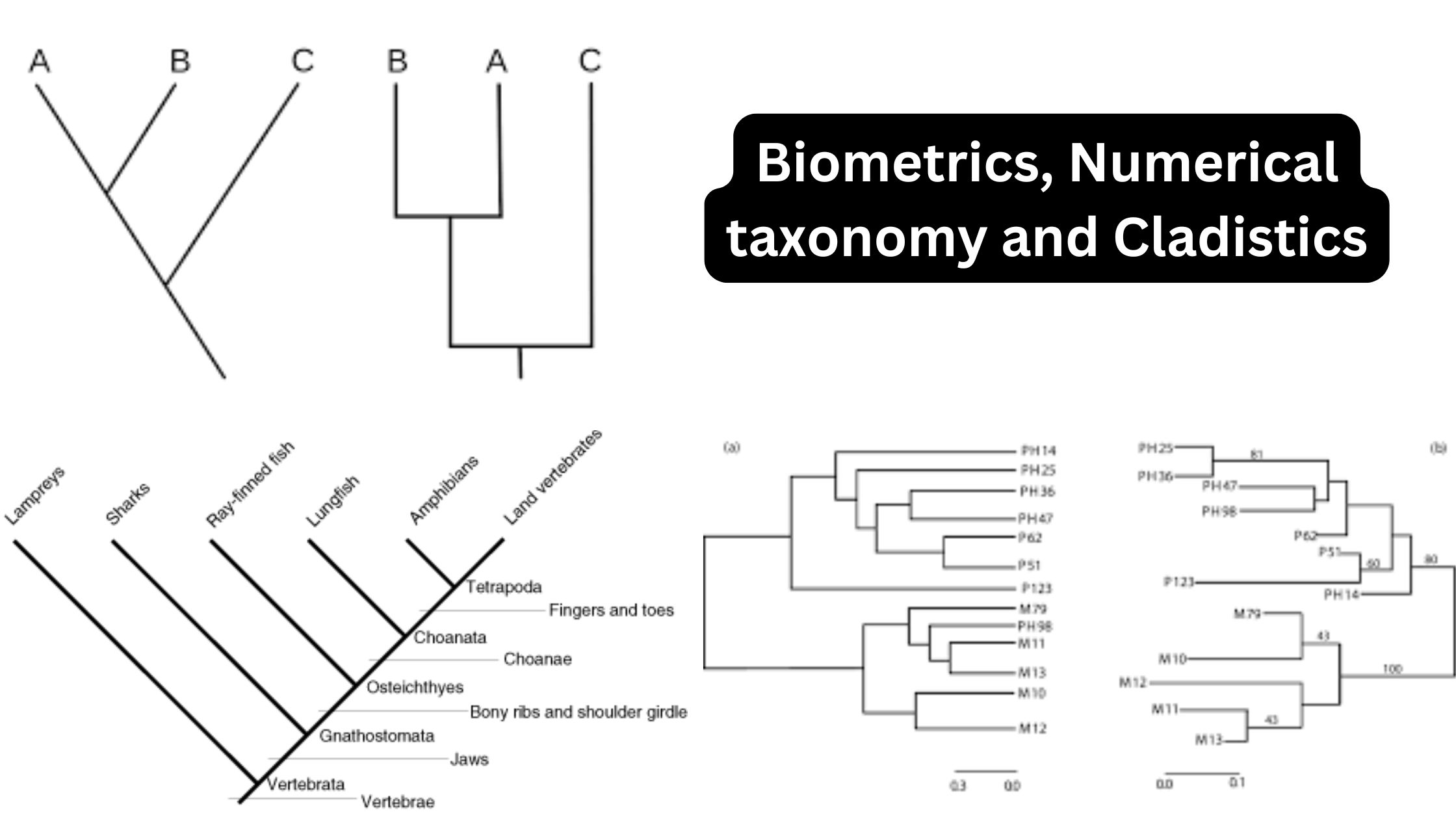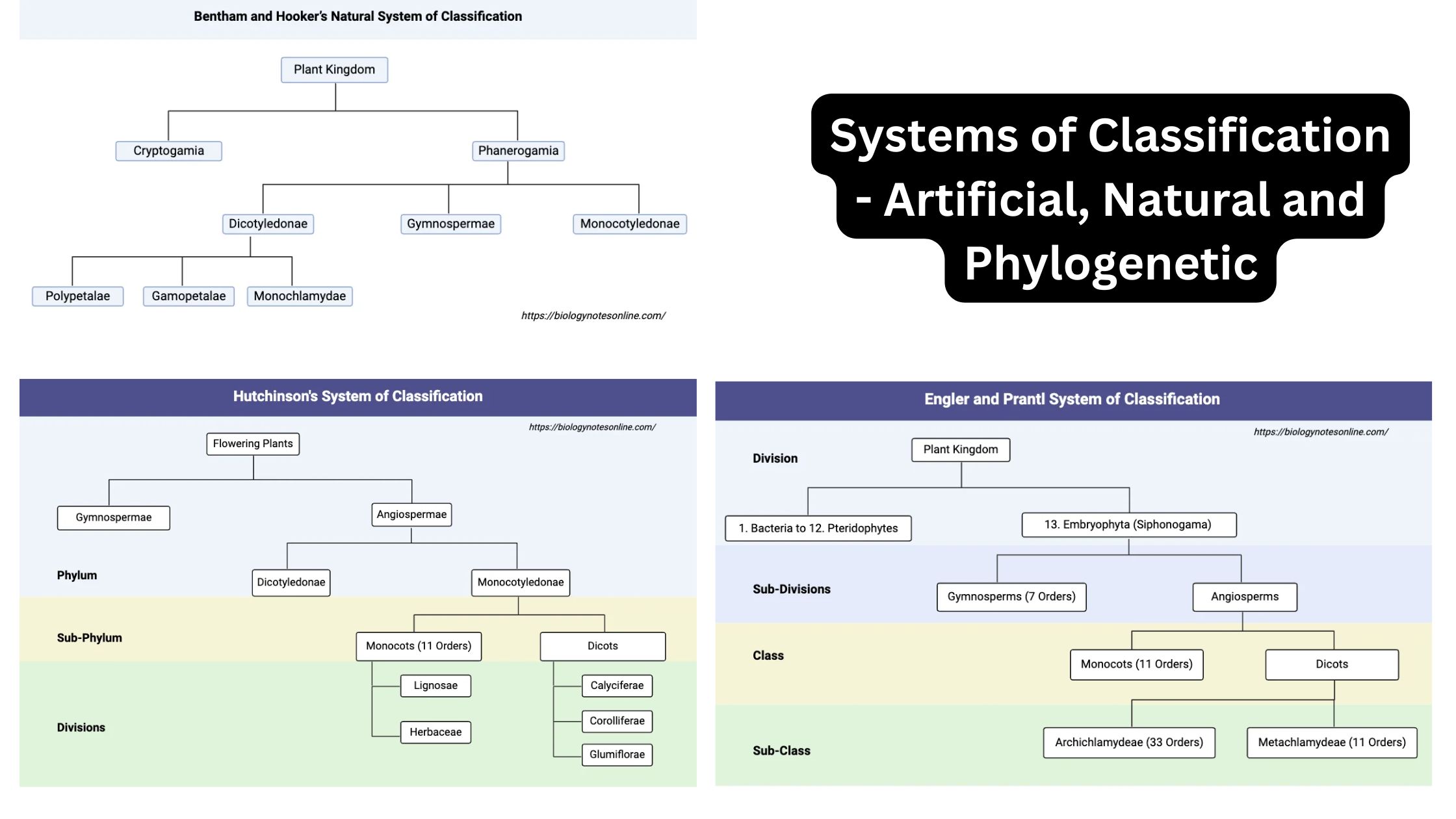Structure of Flower – Parts of a Flower With Diagram and Their Functions
What is Flower? Symmetry of Flower The symmetry of a flower is an important characteristic that affects its overall structure and function. Flowers can be classified based on how their parts are arranged around a central axis and how they can be divided into symmetrical halves. Bracts: Position of Floral Organs Relative to the Ovary: … Read more
